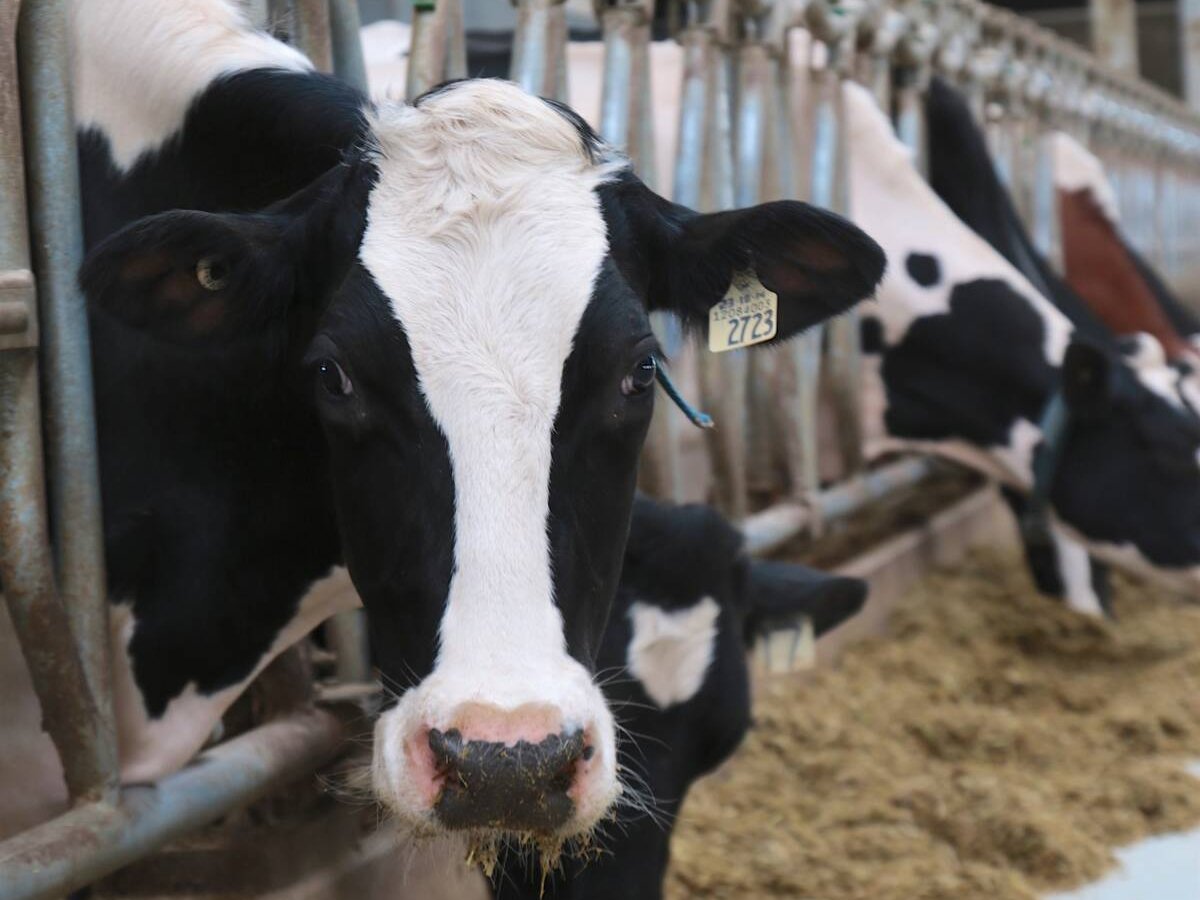Don Sissons returned from Mexico earlier this winter enthused about the
opportunities to export more Canadian edible beans.
Sissons, who became president of the Manitoba Pulse Growers Association
last week, saw changes in Mexico that bode well for his industry.
“I think it holds great excitement for our bean industry, not just in
Manitoba, but all of Canada.”
Sissons saw Mexico as a country keen to expand exports of its higher
valued food products to the United States.
Read Also

The Organization for Economic Co-operation and Development lauds Canada’s low farm subsidies, criticizes supply management
The Organization for Economic Co-operation and Development lauded Canada’s low farm subsidies, criticized supply management in its global survey of farm support programs.
To gain that market access in the U.S., Mexico is embracing freer trade
of agricultural commodities between itself, the United States and
Canada.
During the annual meeting of Manitoba Pulse Growers last week, Sissons
cited another reason for his optimism about the Mexican market.
An import quota and tariff system in Mexico has been a barrier to
exporting greater volumes of Canadian edible beans into the Mexican
market.
The tariffs kick in when the import quota for Canadian edible beans has
been met.
But those tariffs are gradually being lowered and will be eliminated in
2008.
There are about 100 million people living in Mexico. Mexico City is
home to 26 million people, an amount slightly less than the entire
population of Canada.
Beans remain an important staple in the Mexican diet.
Pinto beans are one of the main classes used in Mexico City and the
country’s northern areas, said Sissons. Black beans are popular in the
southern regions.
Mexico is a major bean- producing country. However, Sissons noted its
production is limited somewhat by a shortage of moisture.
Many producers have the added expense of having to irrigate to grow the
crop. Those who irrigate are often forced to shift out of beans into
higher-value crops to justify the cost, said Stan Skrypetz, an
Agriculture Canada special crops analyst.
With roughly three million producers, beans are typically grown on
smaller-scale farms and production is more labour intensive than it is
in Canada. The average farm size in Mexico is 12 acres, according to
Sissons.
Overall, the amount of beans harvested per acre in Mexico is low
compared to Canadian production.
Sissons also focussed on the changes happening in Mexico’s edible bean
marketing system.
Control of domestic marketing and imports is shifting to the Mexican
Bean Council and away from a maze of roughly 600 government agencies.
The bean council is made up of producers, bureaucrats and some trade
people from several major bean-producing states.
What that shift in control will mean is not yet clear.
“It’s just a little premature to speculate right now on what’s going to
happen,” said Lasby Lowes, manager of Manitoba Agriculture’s
international trade section.
“I think we’ll have to wait and see.”
Individual states in Mexico are being given control of the imports into
their jurisdictions, which will give them opportunities to form
independent trade ties on world markets.














